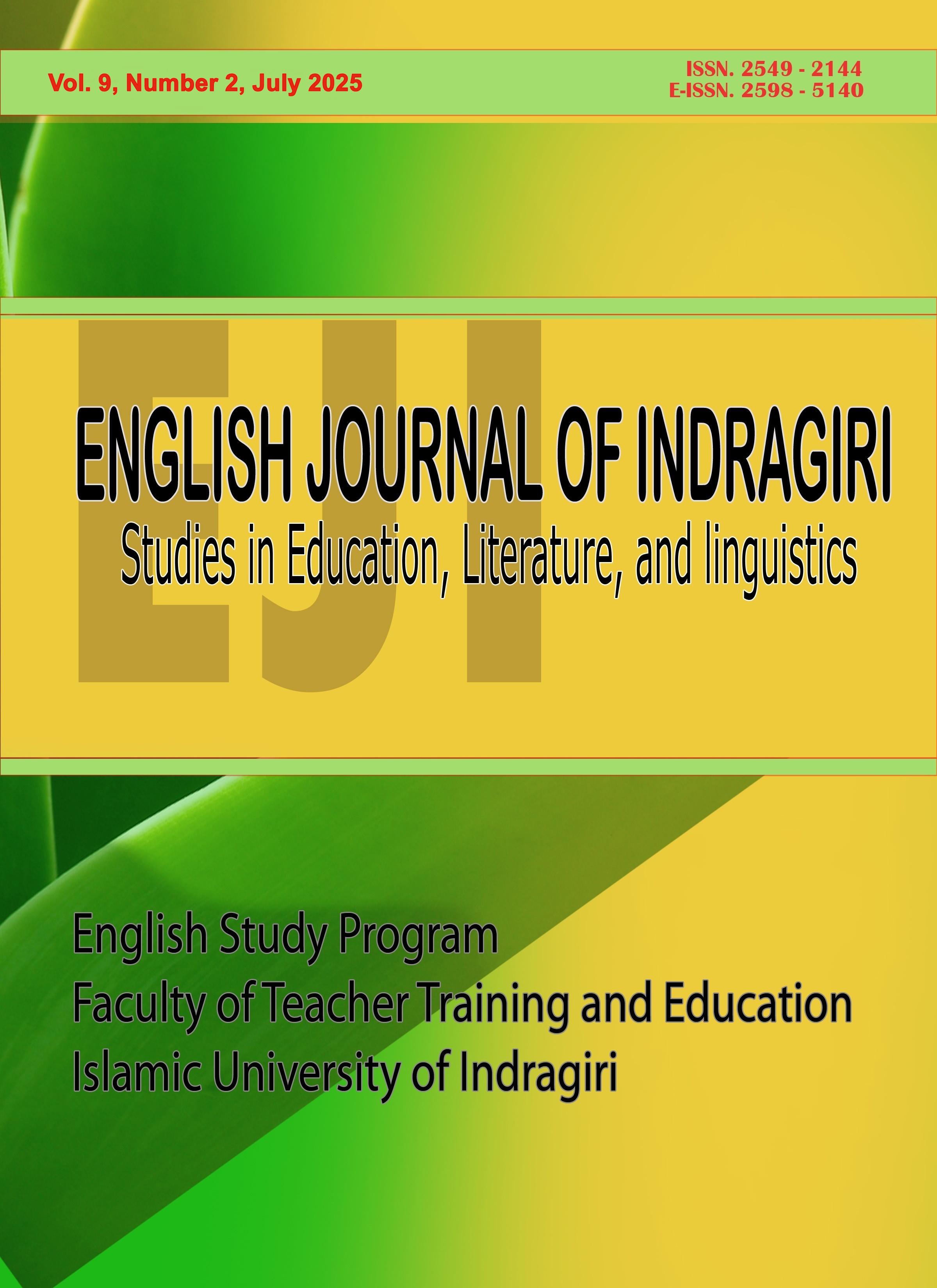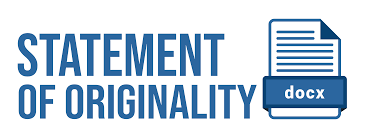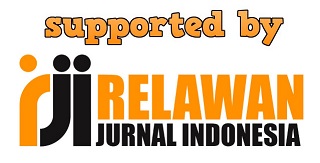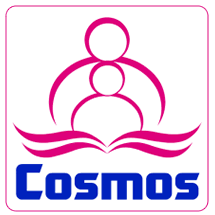Adverbs of Manner Found in “Harry Potter”: Forms and Positions
DOI:
https://doi.org/10.61672/eji.v9i2.2914Keywords:
sentence structure, Adverb of manner, syntax analysisAbstract
This study analyses the forms and positions of adverbs of manner found in the novel Harry Potter. It aims to identify how adverbs of manner function within clause and sentence structures. The analysis is based on the theory proposed by Brown and Miller (1991), supported by other relevant linguistic theories. A qualitative method was applied through library research, with data taken directly from the novel. The findings reveal two primary forms of adverbs of manner: those formed by adding the suffix –ly to adjectives and those structured as prepositional phrases. These adverbs typically occupy various positions within sentences, often characterized by their syntactic flexibility. The study concludes that adverbs of manner in Harry Potter are predominantly formed through morphological and phrasal processes, serving diverse syntactic roles. The findings reveal two primary forms of adverbs of manner: those formed by adding the suffix –ly to adjectives and those structured as prepositional phrases. These adverbs typically occupy various positions within sentences, often characterized by their syntactic flexibility. The study concludes that adverbs of manner in Harry Potter are predominantly formed through morphological and phrasal processes, serving diverse syntactic roles.
References
Alwi, Hasan, et al. 2003. Tata Bahasa Baku Bahasa Indonesia. Jakarta: Balai Pustaka
Bell, R. T. 1991. Translation and Translating. Theory and Practice. London and New York:Longman.
Catford, J.C. 1965. A Linguistic Theory of Translation. London: Oxford University Press.
Chomsky, Noam. 2002. Syntactic Structures (2nd ed.). Berlin: Mouton de Gruyter
Hudson, R.A. 1998. Sociolinguistics. Cambridge: Cambridge University Press.
Halliday, M.A.K. (1994). An Introduction to Functional Grammar. London.: Edward Arnold
Hatim, B and Munday,J. 2004. Translation: An Advance Resource Book. London and New
York: Routledge
Hornby, A.S. 1995. Oxford Advanced Learner’s Dictionary of Current English. Oxford: Oxford University Press
Hudson, R.A. 1998. Sociolinguistics. Cambridge: Cambridge University Press.
Jackson, Howard. 1990. Grammar and Meaning: A Semantic Approach to English Grammar (Learning about Language). London and New York: Longman
Juliarta, I. M. (2020). Adverb of manner and its translations found in the novel “The Good Earth”.
International Journal of Linguistics, Literature and Culture, 6(3), 9-17.
Juliarta, I. M., & Wirawan, I. G. N. (2023). THE SYNTAX ANALYSIS IN RELATIVE
CLAUSE FOUND IN THE NOVEL ENTITLED “BUDDHA”. EJI (English Journal of
Indragiri): Studies in Education,
Literature, and Linguistics, 7(1), 272-288.
Juliarta, I. M. (2022). The Syntax Analysis In Relative Clause Found In The
Novel “The Wonderful Wizard of Oz”. International Journal of English
Learning and Applied Linguistics (IJELAL), 3(1), 20-29.
Juliarta, I. M., & Wirawan, I. G. N. (2021, December). The Syntax Analysis in
Adverb of Manner Found in the Novel “Buddha”. In Proceedings (Vol. 5,
pp. 107-113).
Juliarta, I. M. (2021). Relative Clause And Its Translation Found In The Story
“Creatures Behind Houses”. International Journal of Linguistics and
Discourse Analytics, 3(1), 22-34.
Larson, M.L 1998. Meaning Based Translation. A Guide to Cross-Language Equivalence. Second Edition. New York: University Press of America.
Newmark, Peter. 1988. A Textbook of Translation: Centre for Translation and Language Studies University of Survey. London and New York: Prentice Hall
Moeliono, Anton M. 1992. Tata Bahasa Baku Bahasa Indonesia. Jakarta: Balai Pustaka.
Nida, A.E and Taber, R.C.1974. The Theory and Practice of Translation. Leiden:
E.J. Brill
Quirk, et.al. 1985. A Comprehensive Grammar of the English Language. New York: Longman Inc.
Downloads
Published
Issue
Section
License
Copyright (c) 2025 I Made Juliarta, I Gede Nika Wirawan

This work is licensed under a Creative Commons Attribution 4.0 International License.




















